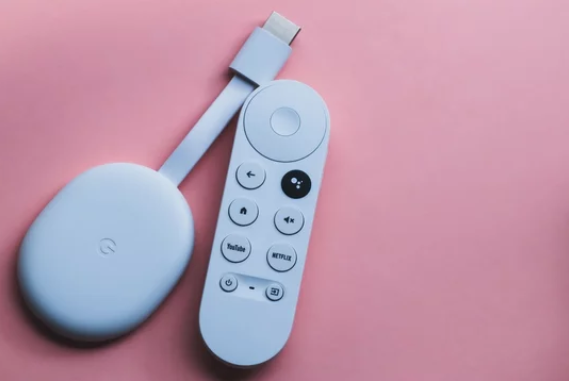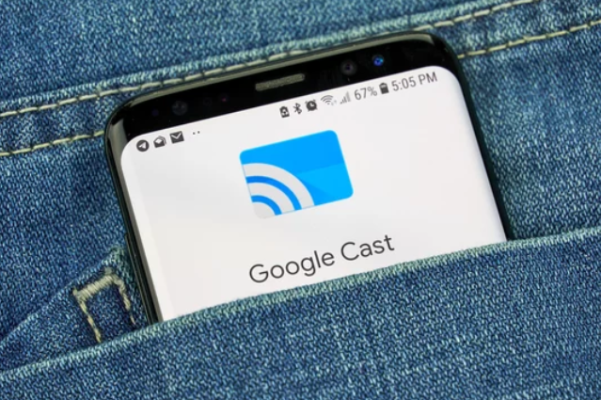Google Cast large and small screen interaction
1. Background
Google Cast enables you to extend your Android, iOS, or Chrome app to direct its streaming video and audio to a TV or sound system. Your app becomes the remote control to play, pause, seek, rewind, stop, and otherwise control the media.

Google Cast design for TV, movies, music, and more. Put your best video content on the biggest screens in the house, or bring your audio content to Google Cast for Audio devices and Google Home devices, including the new Google Home Hub.
2. Implementation scenarios
Large and small screen interaction is generally used in OTT(over the top) industry. An Internet company develops various video and data services based on the open Internet beyond the operators. When we use mobile devices to play audio and video in our life, we want to experience the playback effect under the large screen because of the limited size of mobile phones or tablets. Or when playing audio and video on TV, it’s inconvenient to use the remote control to operate the button. Under these requirements, there will be a kind of interactive scene of large and small screens. The small screen will cast the content onto the large screen to play. In general, our common way is to play an audio and video on a mobile phone, and then put it on a large screen device of Google TV. After the screen is successfully cast, the mobile phone can become the identity of a remote controller, which can perform fast forward, fast backward and pause play operations. It is a qualitative optimization from the viewing effect and operation logic.
3. Technical scheme
Google cast screen casting needs to rely on Google SDK, and the screen casting device also needs to be a device with Google service, which is a prerequisite for the realization of the function. Google TV supports projection by default, and the integrated development work is mainly on mobile devices. The general steps are to integrate the SDK, develop the control page, realize the internal logic, search the device, and click to cast the screen. The internal implementation logic is that the mobile device transmits the audio and video network stream address that can be played to the TV device, and the TV device resolves and plays the received network stream address. Therefore, the video network stream played on the screen cannot be encrypted.
4. Summary
In the process of product function research and development, we need to consider the market demand and practicability. Product innovation should also be combined with market demand. The best embodiment of a product’s quality is whether it can be accepted by the current market, whether it can make customers accept the user’s satisfaction, and whether it can iterate the future market in the long run.
At present, the OTT industry is developing rapidly. At present, the industry is also very mature. To become a member of the industry, the competition and pressure are also very severe. In order to achieve sustainable and effective development, we must meet the challenges, seize the opportunities, do our products well and show our advantages. Read for more OTT/IPTV solution.
Google cast’s screen casting function relies on Google’s technology, and it is also a highlight of the product to be able to combine the technology of a mature large platform like Google. It also reflects the reliability and stability of this function, which is more attractive and acceptable to customers.
